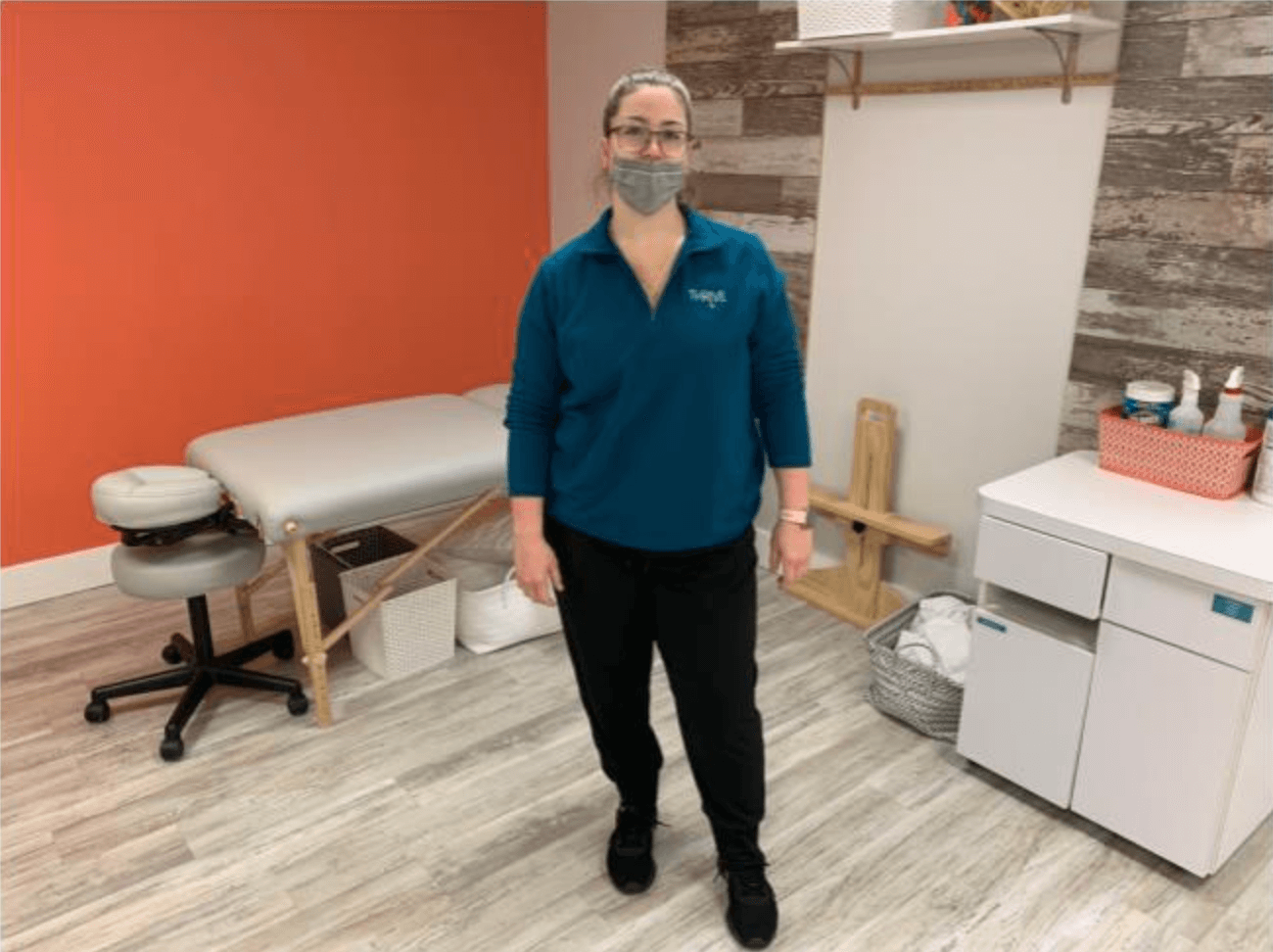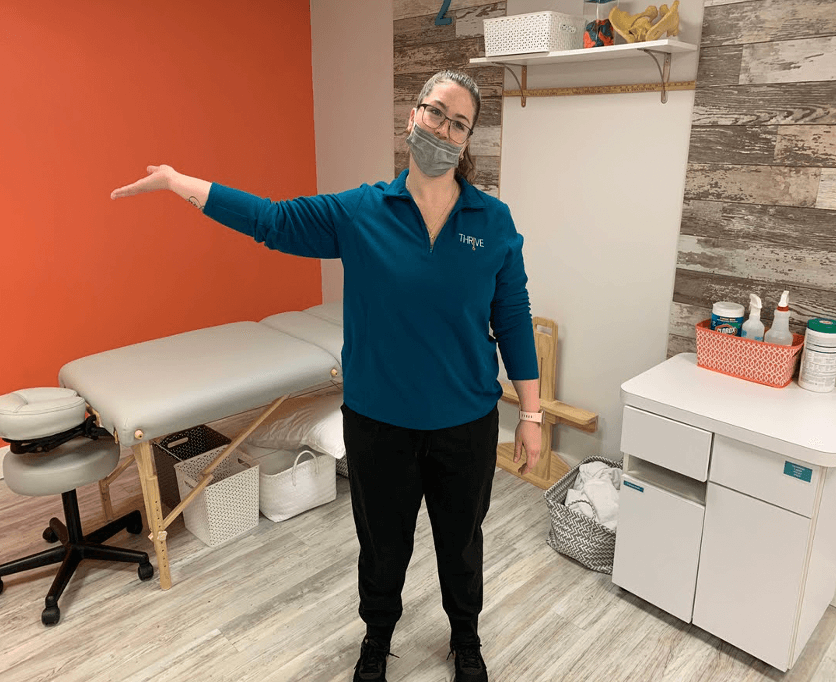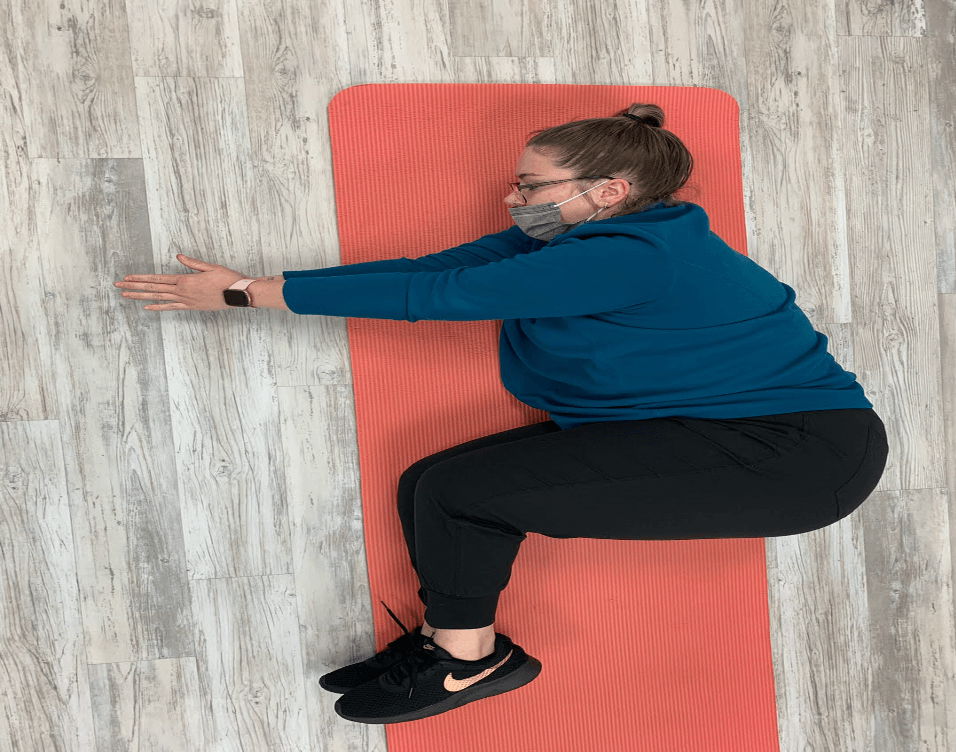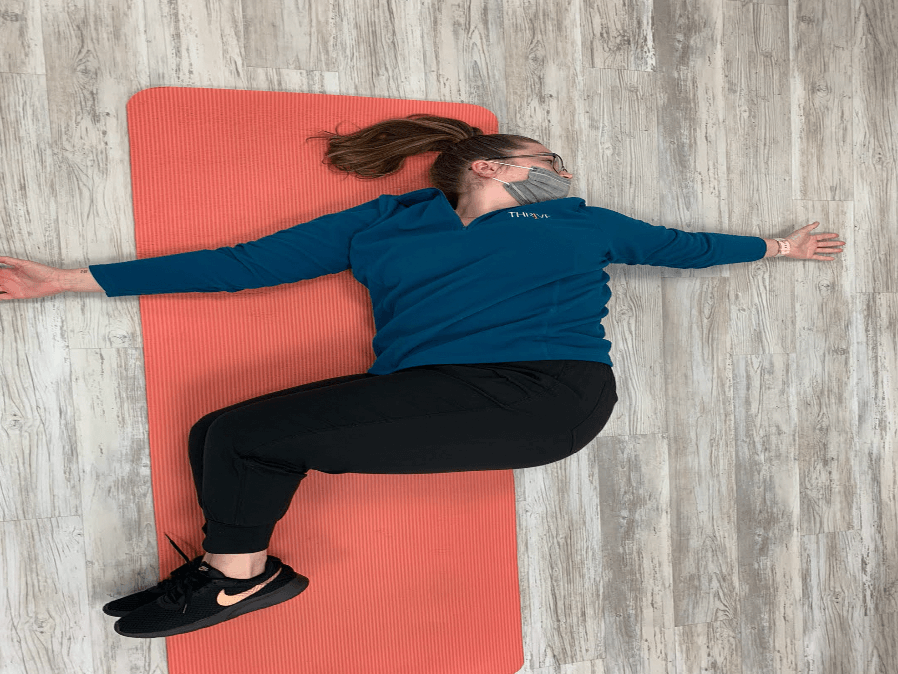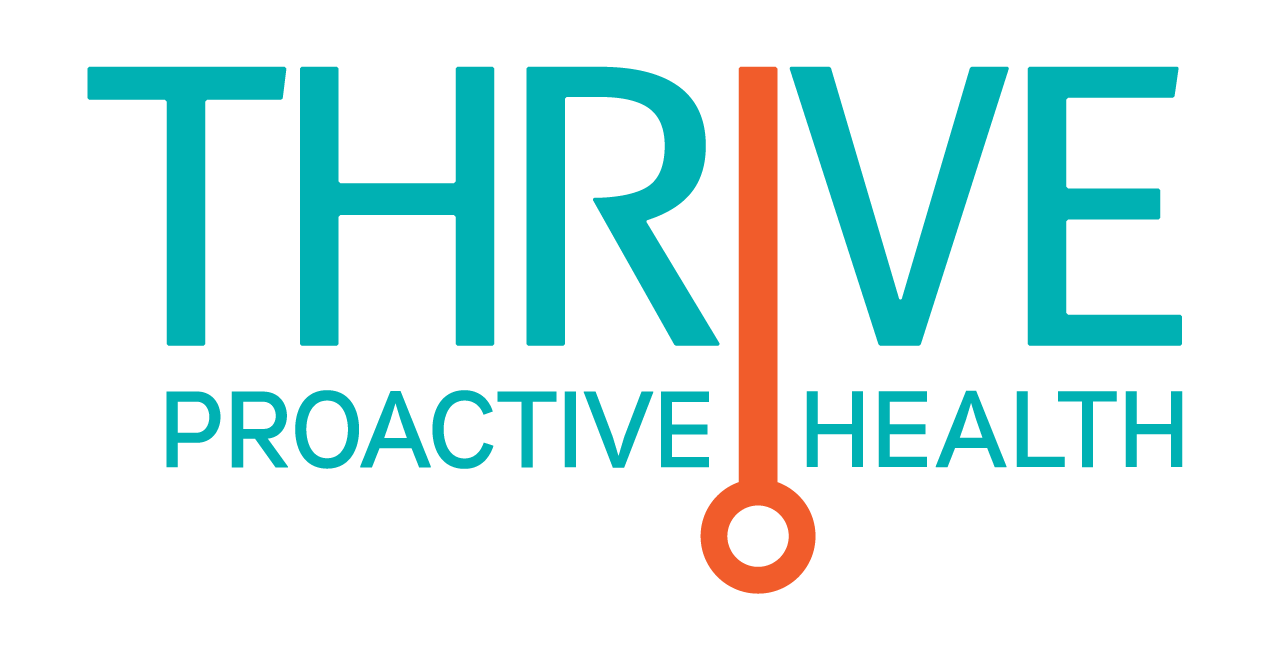Repetitive Injuries Among Dental and Salon Industry Professionals
June 30th, 2021
Repetitive Injuries Among Dental and Salon Industry Professionals
HUH? How do these two professions have anything to do with each other? In most general terms, they don’t. But as it turns out, when it comes to repetitive injuries sustained in the field, they have a lot in common. Employees in both industries are being seen A LOT in PT practices for injuries of the neck, back, shoulder and upper extremity as a result of repetitive movements and sustained positions that come with the job. Leaning over patients/clients, gripping tools or scissors, holding arms in one position for extended periods of time- you’re beginning to see the picture. With doing this for hours on end, it’s no surprise to see the end result of cumulative injuries. Physical therapists are uniquely positioned not only to successfully treat these conditions but also to combat the underlying factors and issues that may be setting the stage for injury in the first place.
So let’s consider 3 easy steps people in these industries can consider to manage tissue overload from becoming a full-blown injury
1. Find your left side. Even if you aren’t right-handed, the body is built and predisposed to make it easier to orient or bear weight through the right side of our pelvis. When sitting or standing, make an active effort to shift weight slightly into your left foot if standing or left “sitting bones” if seated. Don’t do this by leaning your entire body/trunk, but shifting your left hip back slightly and getting your center of gravity slightly more toward your left foot. (Pictured: example of right stance and left stance)
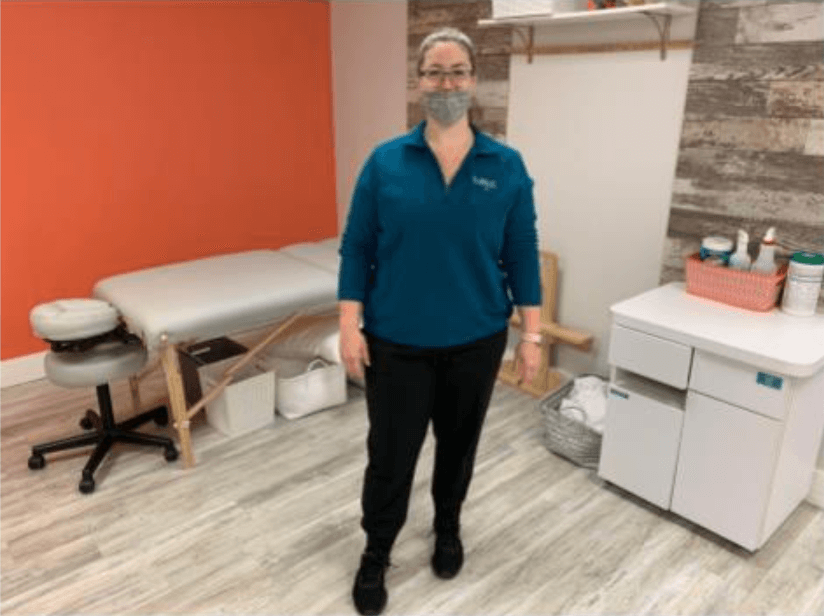

2. Move and glide. Tendons and nerves must be able to glide freely in the sheaths and soft tissue structures that house them. In repetitive/sustained positions this is limited. Try these two nerve glides 1 – 2x/day for 15-20 repetitions. Be gentle and go to the point of tension, but don’t hold (since nerves don’t like to be “stretched”) and instead picture the structures gliding back and forth. (Pictured to the right: Nerve glides- beginning and end position)
3. Rotate and breathe. Regardless of where you feel pain, big contributing factors can often be traced in part to lack of mobility through the thoracic spine and rib cage which articulates with it. Lack of movement and dysfunctional breathing pattern contributes to hyperactivity of major chains of muscles throughout the body, so try this movement once a day, holding the end position for 5 breaths. (Pictured Below: Open book stretch- beginning and end position)
